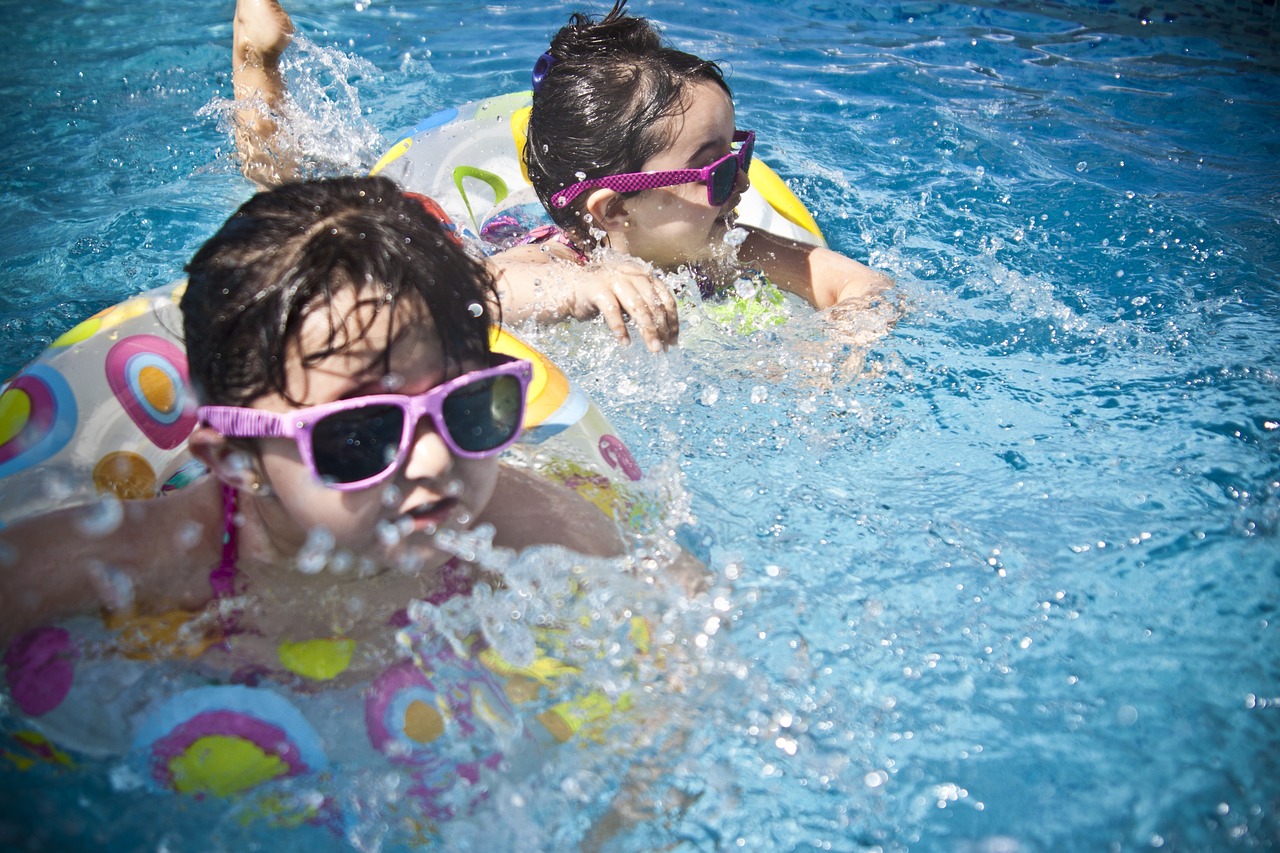Many adults choose swimming classes to build confidence in the water or improve their fitness. Swimming offers low-impact exercise suitable for all levels, making it accessible regardless of prior experience. Swimming classes for adults focus on teaching proper techniques while accommodating each learner’s pace and goals.
These classes help overcome common fears and improve skills in a structured, supportive environment. Participants often find that learning to swim enhances their safety and enjoyment in aquatic activities.
Adult swimming lessons also provide social interaction, which can boost motivation and make the learning process more engaging. This balance of skill-building and community support makes adult swimming classes a practical choice.
Benefits Of Swimming Classes For Adults
Swimming classes Adults offer targeted improvements in fitness, safety skills, and mental health. Adults gain strength and endurance, learn essential water survival techniques, and experience reduced stress through regular practice.
Improved Physical Fitness
Swimming engages multiple muscle groups simultaneously, promoting balanced strength development. It increases cardiovascular endurance without putting excessive strain on joints, making it suitable for adults with arthritis or mobility issues.
Regular swimming boosts lung capacity and improves circulation. The resistance of water provides natural strength training, enhancing overall muscle tone. Consistent sessions also help with weight management by increasing calorie burn efficiently.
Enhanced Water Safety
Swimming classes teach adults fundamental techniques such as floating, treading water, and controlled breathing. These skills reduce the risk of drowning and build confidence in the water.
Instructors often cover emergency responses, including how to assist others safely. Adults acquire practical knowledge for real-life water situations, which is critical for swimmers and non-swimmers alike.
Stress Relief And Mental Well-Being
Swimming induces the release of endorphins, chemicals in the brain that reduce stress levels. The rhythmic nature of swimming can promote relaxation and mindfulness.
Being in water lowers cortisol, the body’s primary stress hormone, which helps improve mood. Regular swimming also supports better sleep patterns, contributing to overall mental resilience.
Choosing The Right Adult Swimming Class
Selecting an appropriate adult swimming class depends on evaluating current abilities, understanding class formats, and ensuring instruction quality. These factors help match the learner’s needs with the best learning environment.
Assessing Skill Levels
Understanding an adult swimmer’s current abilities is crucial. Classes often range from beginner, who may be unfamiliar with water safety basics, to intermediate and advanced levels focusing on technique and endurance.
Swimmers should seek classes that offer initial skill assessments or trial sessions. This ensures placement in groups that match their comfort and competence in the water, reducing frustration and improving learning outcomes.
Many programs also use skill checklists that include floating, basic strokes, and breath control. Clear skill benchmarks help instructors tailor lessons and allow swimmers to track progress effectively.
Class Formats And Group Sizes
Adult swimming classes can be private, semi-private, or group sessions, each with distinct dynamics. Private lessons offer personalized attention but usually at a higher cost.
Group classes typically range from 4 to 10 participants. Smaller groups provide more individual feedback, while larger groups may focus on general skill development and social interaction.
The choice depends on learning style and personal goals. Some adults prefer the structure and motivation from peers, while others benefit from one-on-one coaching to address specific challenges.
Qualified Instructors And Certifications
Instructor qualifications directly impact the safety and quality of classes. Look for teachers certified by recognized bodies such as the American Red Cross or National Swimming Pool Foundation.
Experienced instructors understand adult learning styles and can adjust teaching methods accordingly. They also emphasize water safety and injury prevention alongside swimming techniques.
Verify instructors hold up-to-date first aid and CPR certifications. Credentials ensure readiness to handle emergencies and provide a secure environment for learners.






Leave a Reply